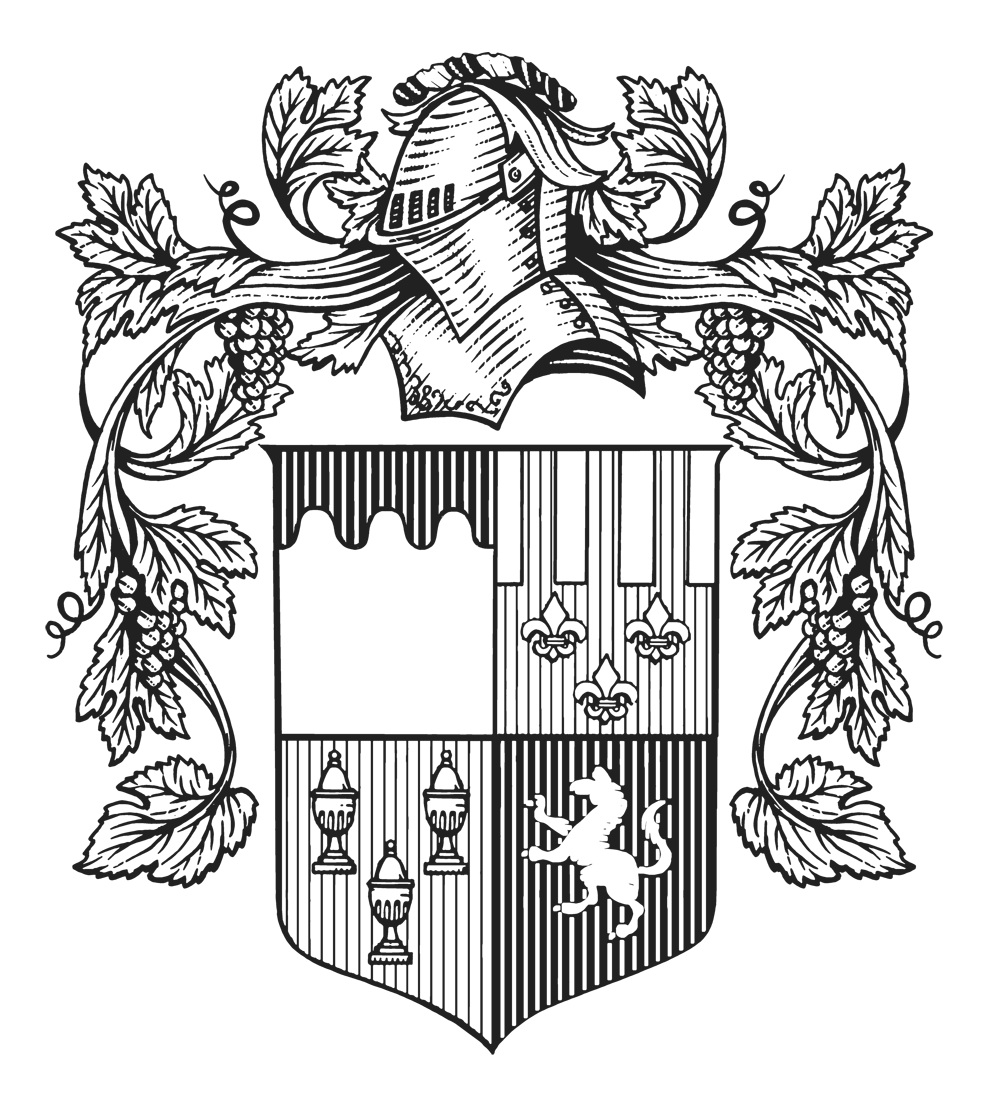So, for the first one, let's start with everyone's favorite libation, Sparkling Wine!
CBD's 2015 Blanc de Blanc sparkling Wine was released just in time for the 2017 holiday season. The Sparkling Wine Program at CBD follows the traditional Champenoise method. I'll take you on the journey from start to finish to give an inside look into winemaker, Jacques van der Vyver's, process. This may get a little technical, but grab a glass of wine and you'll make it through...and if not, don't fret there are photos too.
Right off the bat, let's clarify for those who may not be aware of the reason we call this wine Sparkling and not Champagne. The grapes are not from the Champagne region of France. Only wine produced from that region is allowed to be called Champagne.
The base wine of this sparkling wine is Chardonnay from two different blocks (sections of a vineyard) and the grapes were picked in 2015 at 18-19 Brix (sugar content). The juice was fermented with a standard white wine yeast producing final alcohol of 10%, and due to the early picking, a pH (measure the strength of the acidity) of 2.9 to 3.1. With a lower pH level, the wine shows very crisply and fresh, which is needed for a sparkling wine. The wine is blended in stainless steel tanks and allowed to age for six months (September 2015 to March 2016). It is then cross-flowed to 0.2 microns of clarity (sterile filtered). After filtration, sparkling wine yeast (EC1118) is rehydrated using base wine, sugar, and nutrients which are then added to the Chardonnay. After adding, the tank is continuously circulated keeping the culture in suspension. While this is occurring, the bottling process will begin.
For sparkling wine, the bottling process is also quite different than still wine. The wine will be bottled and capped with a beer cap first. The bottles will then be placed on their sides in cages for about one to one and one-half months. This allows time for the yeast to consume the sugar in the base wine and produce pressure. There is now about two to three grams of sugar in the wine, which is the amount needed for the yeast to consume in order to produce a Brut Dry Sparkling with a pressure of 70 to 90 PSI. The wine will then be left on the sediment for a few years before riddling. During the first nine months, the yeast will begin breaking down and start releasing flavors into the wine. The distinct notes of biscuits or the buttery character you taste in sparkling wines is from the yeast breaking down (autolysis) during this time.
Once the yeast is completely broken down, a further two to four years of aging on the sediment can occur with frequent tasting of the product to determine when we wish to riddle and disgorge. Riddling is used for sparkling wine to eliminate the cloudiness that the sediment gives to the wine. By putting the bottles into this machine and slowly tilting the bottle downwards each day, gravity will eventually help move all the sediment to the neck of the bottle, eliminating the cloudy appearance in the bottle and returning the wine to complete clarity. A riddling machine can hold anywhere from 252 to 1,008 bottles at a time per session. Depending on the nature of the sediment and wine, the bottles will remain on the riddling machine anywhere from three to ten days. At the end of the process, the bottle will be upside down and ready for the next, and final step, of disgorging or removing the sediment from the bottle altogether.
The wine bottle will be transferred to a machine that holds a solution with a high percentage of glycol and water that allows the freezing point to drop to -30F to freeze the neck of the bottle. Once the temperature is reached, the bottles will be placed neck down in the solution for about twenty minutes, at which point the sediment within the neck of the bottle will be frozen solid. The bottle can then be inverted and the beer cap will be removed via a machine and the frozen sediment will shoot out under its own pressure. The bottle will be topped off with its own wine, corked, and a cage will be placed on top to secure the cork. Only then, can you pop the bottles and enjoy!
Shamelessly, I will plug for you to visit the farm and try this wine. As someone who was over served on sparkling wine, I must say, it truly is a fantastic sparkling for you to enjoy at any occasion. It is Friday afterall, so I think today is the perfect occasion for me to enjoy the bottle. Salute!


